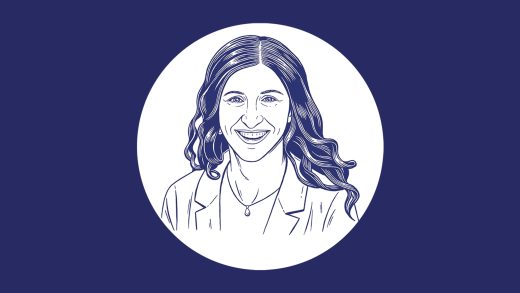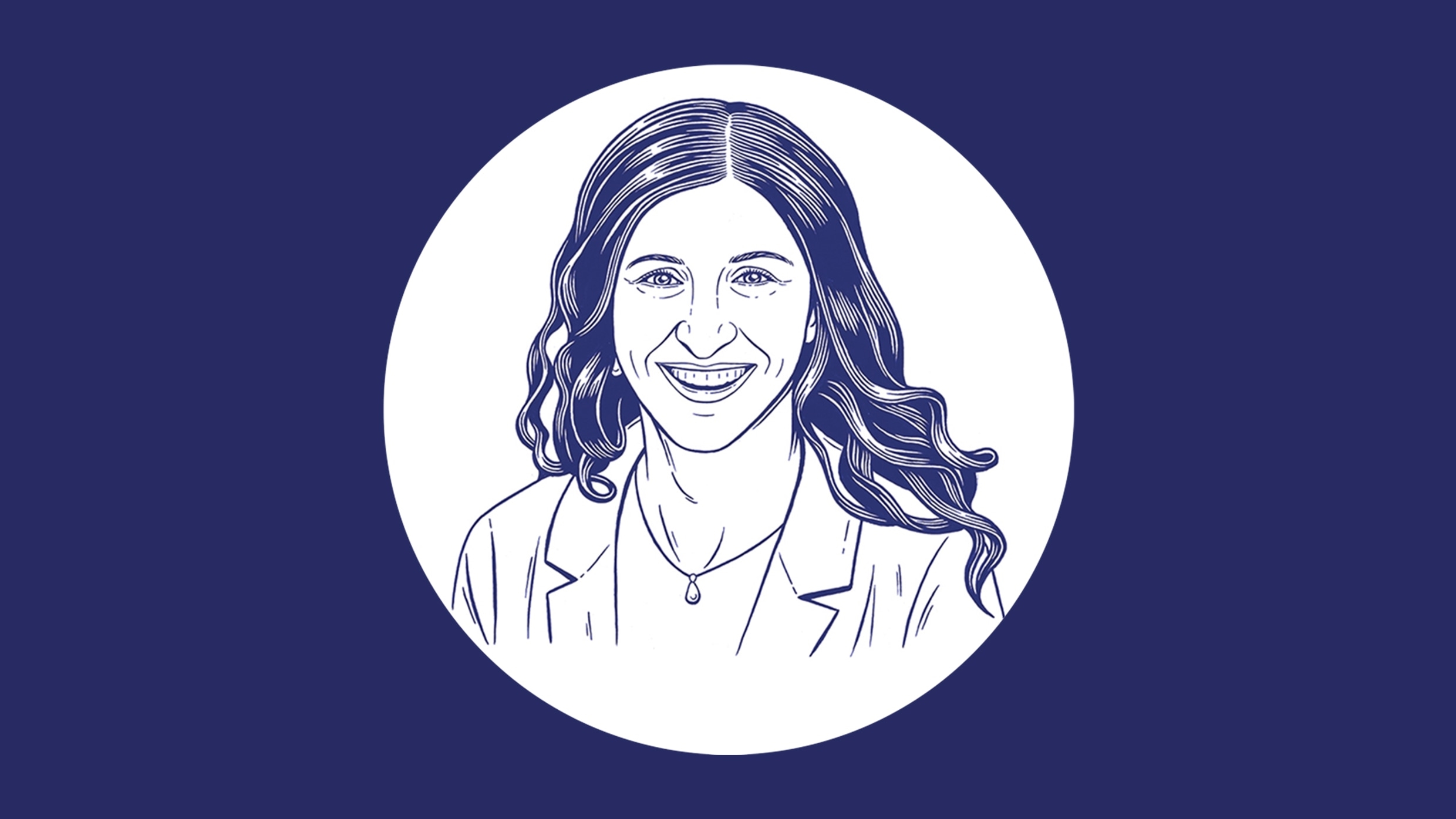Meet the woman forcing companies to cut their plastic production
When Anja Brandon was a PhD student at Stanford in the mid-to-late 2010s, her research focused on creating new ways to use biology to break down plastic waste. But then she had a terrifying epiphany: The scale of the challenge is so huge that technology alone wouldn’t be enough to address it. After all, 11 million tons of plastic trash end up in the ocean each year, and that figure could swell to 30 million tons by 2040. Brandon decided to go into policy, instead, in an effort to make systemic change.
Her career shift paid off when, in June 2022, California governor Gavin Newsom signed into law the Plastic Pollution Prevention and Packaging Producer Responsibility Act. Brandon—who was then working as a plastics policy analyst at the nonprofit Ocean Conservancy—had coauthored the groundbreaking legislation, which requires companies selling products in the state not only to fund new recycling infrastructure to collect their old packaging, but also to reduce their own use of plastic. The law calls for the amount of plastic packaging to be curtailed by 25% by 2032—the equivalent of avoiding 23 million tons of the material over the next decade. A handful of other states have laws that force manufacturers to take responsibility for recycling packaging; this is the first to also require a cut in plastic production. “No one was taking the step of saying, ‘Hey, guys, we know what the problem is: We’re making too many plastics,’” Brandon says. “Since that’s the problem, let’s actually adopt the straightforward solution, which is requiring that we use fewer single-use plastics.”
Legislation is a team sport—the law was proposed by state senator Ben Allen and drafted in part by his staff—but Brandon played a seminal role in the bill becoming law after many prior efforts to curb plastic had failed. At the negotiating table, she listened to the concerns of brands, local governments, the plastics industry, and other stakeholders, hammering out the details of the language in the final legislation. She looked for clever workarounds: When businesses objected to a proposed ban on foam packaging, she suggested a requirement that the material would have to become sufficiently recyclable. Because that’s unlikely to happen, it was a de facto ban, but the industry could accept the language. “I approach policy the same way I approach science,” says Brandon, who is now the Ocean Conservancy’s associate director for U.S. plastics policy. “But instead of optimizing for an experiment or a math problem, it’s about optimizing for people and relationships.” Brandon is now pushing to make the law a model for other state legislatures to pursue, and to get similar policy included in a global plastic pollution treaty that’s currently under negotiation at the United Nations.
This story is part of Fast Company’s Most Creative People in Business for 2023. Discover the full list of groundbreakers who’ve achieved something meaningful in the past year.
(12)



